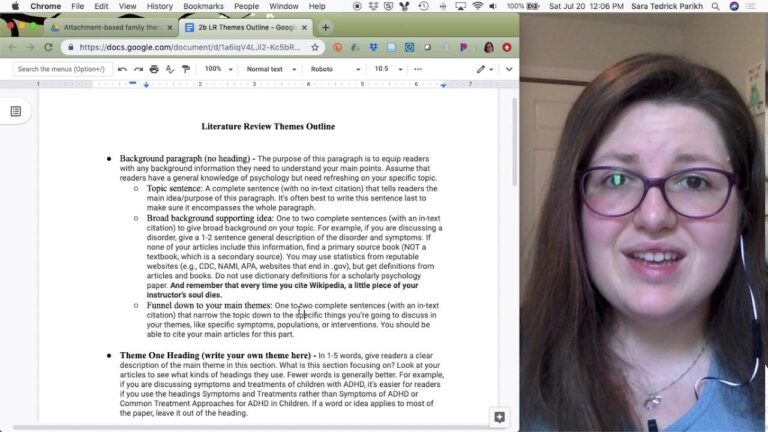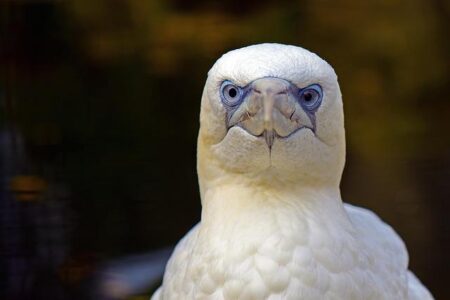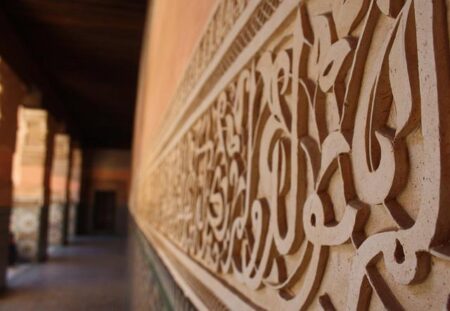Eritrea Country Overview: A Historic Capital, Authoritarian Rule, and the Ongoing Migration Challenge
In the ever-evolving political and economic landscape of the Horn of Africa, Eritrea remains a nation that commands attention due to its unique history and contemporary struggles. The capital city, Asmara, is renowned for its colonial-era architecture and cultural vibrancy, standing as a symbol of Eritrea‚Äôs enduring spirit. Yet beneath this fa√ßade lies a complex story shaped by decades under President Isaias Afwerki‚Äôs centralized authority‚ÄĒa leadership style that has sparked both reverence and widespread criticism. Concurrently, Eritrea grapples with one of Africa‚Äôs most pressing migration crises as thousands risk dangerous journeys abroad seeking freedom and improved livelihoods. This article offers an in-depth examination of Eritrea‚Äôs historical roots, governance under Afwerki‚Äôs regime, and the multifaceted migration issues impacting both regional stability and international relations.
Asmara: A City Steeped in Heritage and Cultural Dynamism
Asmara stands out not only as Eritrea’s political center but also as a vibrant cultural hub reflecting centuries of resilience. Often dubbed ‚ÄúAfrica‚Äôs Little Rome,‚ÄĚ this city showcases an extraordinary fusion of Italian colonial design alongside African traditions enriched by Middle Eastern influences. Its well-preserved modernist buildings‚ÄĒranging from sleek art deco structures to elegant public spaces‚ÄĒhave earned Asmara UNESCO World Heritage status for their architectural significance.
The city pulses with life through its diverse festivals celebrating music, dance, and culinary arts that narrate stories of endurance amid adversity. Visitors can explore bustling markets filled with fragrant spices or visit iconic landmarks such as the St. Joseph Cathedral, Asmara Opera House, and the National Museum of Eritrea. These sites serve not only as tourist attractions but also reinforce national pride among locals at home or in diaspora communities worldwide.
Authoritarian Governance Under Isaias Afwerki: Power Consolidation Amidst Regional Tensions
Since achieving independence from Ethiopia in 1993 after a protracted liberation struggle lasting three decades, Eritrea has been led exclusively by President Isaias Afwerki. His administration is characterized by tight control over political expression through his party‚ÄĒthe People‚Äôs Front for Democracy and Justice (PFDJ)‚ÄĒwhich remains the sole legal political entity.
This concentration of power has resulted in severe restrictions on civil liberties including press censorship, arbitrary detentions without trial, forced disappearances reported by human rights organizations‚ÄĒand an absence of national elections since independence. The government maintains a militarized stance rooted in historic border conflicts with Ethiopia; consequently prioritizing security over democratic reforms.
A cornerstone policy fueling discontent is mandatory national service which often extends indefinitely beyond initial terms promised during conscription campaigns‚ÄĒeffectively functioning as forced labor under harsh conditions for many young citizens. This system contributes heavily to one of Africa’s highest rates of emigration per capita; tens-of-thousands annually flee via perilous routes across deserts or seas toward Europe or neighboring countries seeking asylum from repression.
Eritrean Migration Crisis: Root Causes & Pathways Toward Resolution
The exodus from Eritrea stems primarily from intertwined socio-political pressures including authoritarian rule limiting freedoms; indefinite military conscription disrupting lives; economic stagnation marked by unemployment rates estimated above 30%; plus ongoing human rights violations documented extensively by international watchdogs.(source)
Tackling this crisis demands multi-layered strategies:
- Economic Revitalization: Stimulating private sector growth through foreign investment incentives could create jobs reducing economic push factors driving migration.
- Human Rights Improvements: Encouraging transparency within governance structures while safeguarding fundamental freedoms would help restore trust between citizens and state institutions.
- Regional Collaboration: Strengthening partnerships among Horn nations can improve refugee protection frameworks while managing cross-border movements more effectively.
The success hinges on genuine commitment both domestically‚ÄĒfrom President Afwerki’s government‚ÄĒand internationally via diplomatic engagement coupled with targeted development aid programs aimed at stabilizing communities vulnerable to displacement pressures.
Conclusion: Navigating Challenges Toward Stability & Prosperity
Eritrea embodies a nation rich in cultural heritage yet burdened by complex internal challenges shaped largely under prolonged authoritarian rule since independence three decades ago. Asmara remains emblematic‚ÄĒa city where architectural grandeur meets resilient community spirit despite ongoing hardships faced nationwide.
The leadership style adopted by President Isaias Afwerki continues to evoke polarized views globally due to persistent human rights concerns juxtaposed against efforts toward national sovereignty preservation amid regional instability.(source)
The mass departure driven largely by indefinite conscription policies combined with limited economic opportunities presents one of Africa’s most significant migratory phenomena today‚ÄĒwith profound implications beyond its borders.
Ultimately,a collaborative approach involving reform-minded governance reforms paired with sustained international support will be essential if Eritrea hopes to transform current adversities into pathways fostering peaceful coexistence alongside sustainable development within the Horn region.*







